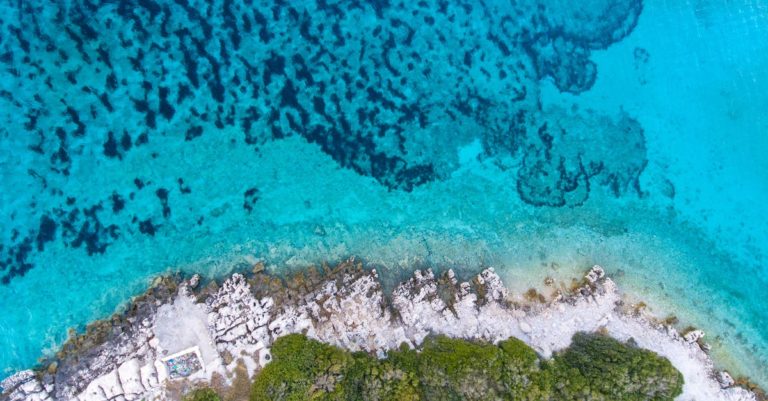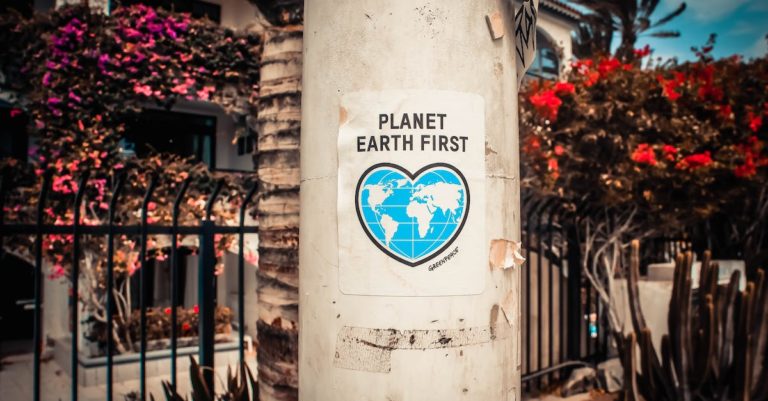What Happened in the 1970s to Protect the Environment?
During the early 1970s, environmental legislation began to emerge. In particular, the Clean Air Act and Clean Water Act were passed. Then came the Endangered Species Act and the Resource Conservation and Recovery Act.
These new laws grew out of the first Earth Day, which took place in 1970. Senator Gaylord Nelson of Wisconsin organized the event to raise awareness of environmental issues in the United States.
The event was also a significant milestone in the evolution of the modern environmental movement. Nelson received the Presidential Medal of Freedom for his work.
In addition to Nelson, there were many other people involved in the first Earth Day. One of them was ornithological painter Luis Agassiz Fuertes. Another was Albert K. Fisher, who was a member of the Harriman Alaska Expedition. He had handwritten notes and maps of the expedition.
One of the first major actions the US government took after the first Earth Day was the creation of the Environmental Protection Agency. This agency still exists today. The agency’s purpose is to enforce federal environmental laws.
One of the other important acts of the 1970s was the creation of the Safe Drinking Water Act. This law helped improve water quality for millions of people.
Another important act of the 1970s was the formation of the Environmental Teach-In, Inc. This organization was made up of scientists and environmentalists and held numerous rallies and lectures throughout the country.
Another major act of the 1970s was the formation of Superfund, which is an initiative designed to clean up hazardous waste sites. The Superfund act also led to the creation of the Environmental Protection Agency.






